If you're a swimmer looking to boost endurance, accelerate fat loss, and improve performance—without spending hours in the pool—High-Intensity Interval Training (HIIT) could be your secret weapon. This beginner-friendly guide breaks down how HIIT enhances metabolism, complements swimming, and can be seamlessly integrated into your routine with simple, evidence-backed strategies.
HIIT, or High-Intensity Interval Training, alternates short bursts of intense effort with periods of low-intensity recovery or rest. Unlike steady-state cardio, HIIT pushes your body into the anaerobic zone, creating an 'afterburn' effect known as excess post-exercise oxygen consumption (EPOC). This means your body continues burning calories at an elevated rate for hours after your workout—even while you rest.
For swimmers, HIIT mirrors the interval-based nature of training in the water. Whether you're doing 50m sprints or timed laps, you're already familiar with pacing and recovery. Applying HIIT principles on land enhances cardiovascular efficiency, increases lactate threshold, and strengthens fast-twitch muscle fibers—key components for explosive starts and powerful turns.
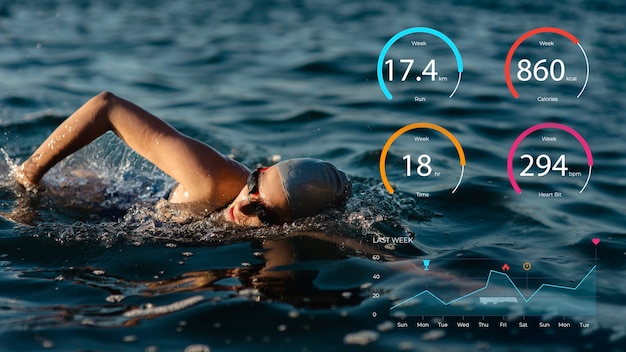
One of the most compelling benefits of HIIT is its ability to rev up your metabolism. Research shows that just 15–20 minutes of HIIT, performed 2–3 times per week, can significantly increase resting metabolic rate (RMR) over time. This happens because intense exercise stimulates muscle adaptation, mitochondrial biogenesis, and fat oxidation.
Unlike long-duration cardio, which may lead to muscle loss over time, HIIT helps preserve lean muscle mass while shedding fat. For swimmers, maintaining a lean, powerful physique is essential for speed and efficiency in the water.
You don’t need fancy equipment or hours to benefit from HIIT. Here are three beginner-friendly routines you can do 2–3 times a week, either on land or in the pool:

Pairing HIIT with smart daily habits enhances results. Consider these simple, sustainable practices:
Multiple studies confirm HIIT’s effectiveness. A 2017 review in Obesity Reviews found that HIIT significantly reduces body fat and waist circumference, even without dietary changes. Another study in the Journal of Sports Science & Medicine showed that swimmers who added HIIT to their training improved 50m sprint times and VO2 max more than those who only swam.
Additionally, HIIT increases insulin sensitivity and mitochondrial density—both crucial for energy production and endurance. These adaptations directly benefit swimmers by delaying fatigue and improving stroke efficiency.
While HIIT is effective, it’s important to start safely:
HIIT isn’t just for gym-goers—it’s a powerful tool for swimmers at any level. By incorporating short, intense intervals into your weekly routine, you’ll boost metabolism, improve cardiovascular fitness, and enhance in-water performance. Start small, stay consistent, and pair HIIT with smart habits to see real results.
Whether you're training for competition or simply want to swim faster and feel stronger, HIIT offers a time-efficient, science-backed path to success.

Fitness

Fitness

Fitness

Fitness

Fitness

Fitness
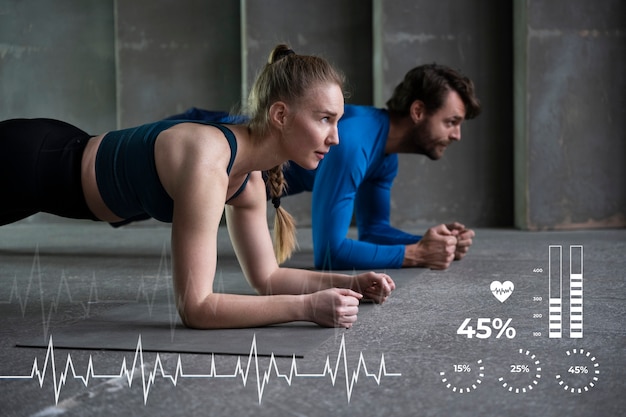
Fitness

Fitness
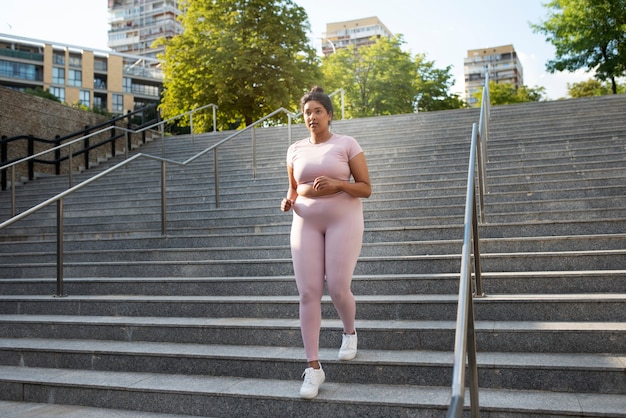
Health
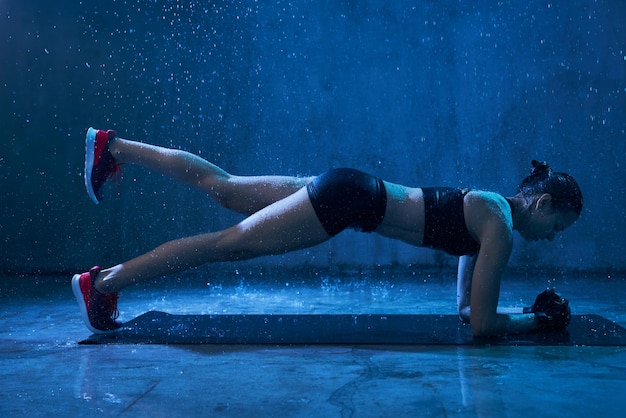
Fitness
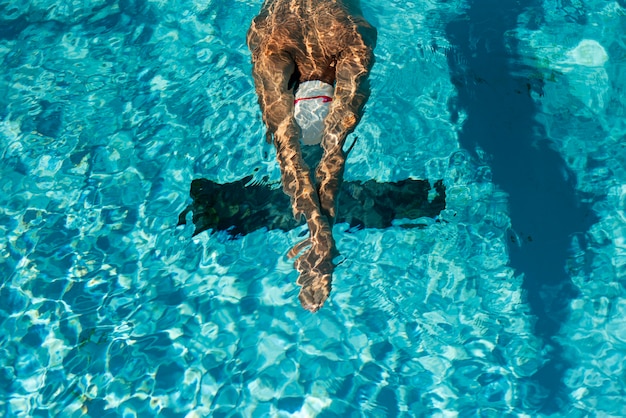
Fitness
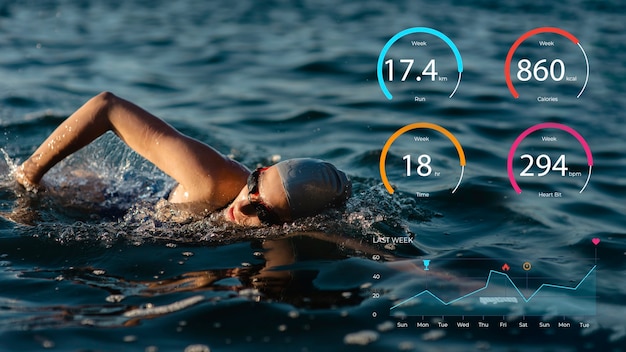
Fitness

Health

Fitness

Health

Health